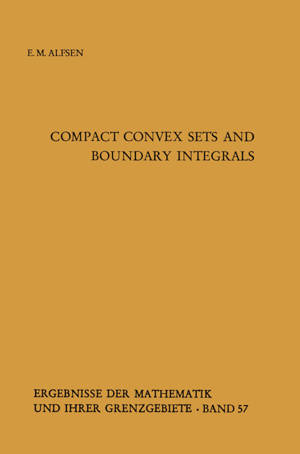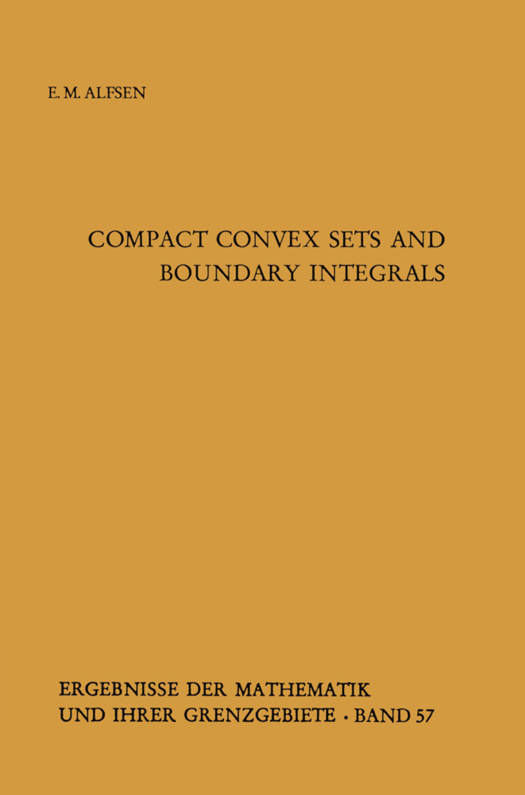
Je cadeautjes zeker op tijd in huis hebben voor de feestdagen? Kom langs in onze winkels en vind het perfecte geschenk!
- Afhalen na 1 uur in een winkel met voorraad
- Gratis thuislevering in België vanaf € 30
- Ruim aanbod met 7 miljoen producten
Je cadeautjes zeker op tijd in huis hebben voor de feestdagen? Kom langs in onze winkels en vind het perfecte geschenk!
- Afhalen na 1 uur in een winkel met voorraad
- Gratis thuislevering in België vanaf € 30
- Ruim aanbod met 7 miljoen producten
Zoeken
Omschrijving
The importance of convexity arguments in functional analysis has long been realized, but a comprehensive theory of infinite-dimensional convex sets has hardly existed for more than a decade. In fact, the integral representation theorems of Choquet and Bishop -de Leeuw together with the uniqueness theorem of Choquet inaugurated a new epoch in infinite-dimensional convexity. Initially considered curious and tech- nically difficult, these theorems attracted many mathematicians, and the proofs were gradually simplified and fitted into a general theory. The results can no longer be considered very "deep" or difficult, but they certainly remain all the more important. Today Choquet Theory provides a unified approach to integral representations in fields as diverse as potential theory, probability, function algebras, operator theory, group representations and ergodic theory. At the same time the new concepts and results have made it possible, and relevant, to ask new questions within the abstract theory itself. Such questions pertain to the interplay between compact convex sets K and their associated spaces A(K) of continuous affine functions; to the duality between faces of K and appropriate ideals of A(K); to dominated- extension problems for continuous affine functions on faces; and to direct convex sum decomposition into faces, as well as to integral for- mulas generalizing such decompositions. These problems are of geometric interest in their own right, but they are primarily suggested by applica- tions, in particular to operator theory and function algebras.
Specificaties
Betrokkenen
- Auteur(s):
- Uitgeverij:
Inhoud
- Aantal bladzijden:
- 212
- Taal:
- Engels
- Reeks:
- Reeksnummer:
- nr. 57
Eigenschappen
- Productcode (EAN):
- 9783642650116
- Verschijningsdatum:
- 11/11/2011
- Uitvoering:
- Paperback
- Formaat:
- Trade paperback (VS)
- Afmetingen:
- 156 mm x 234 mm
- Gewicht:
- 326 g

Alleen bij Standaard Boekhandel
+ 167 punten op je klantenkaart van Standaard Boekhandel
Beoordelingen
We publiceren alleen reviews die voldoen aan de voorwaarden voor reviews. Bekijk onze voorwaarden voor reviews.









